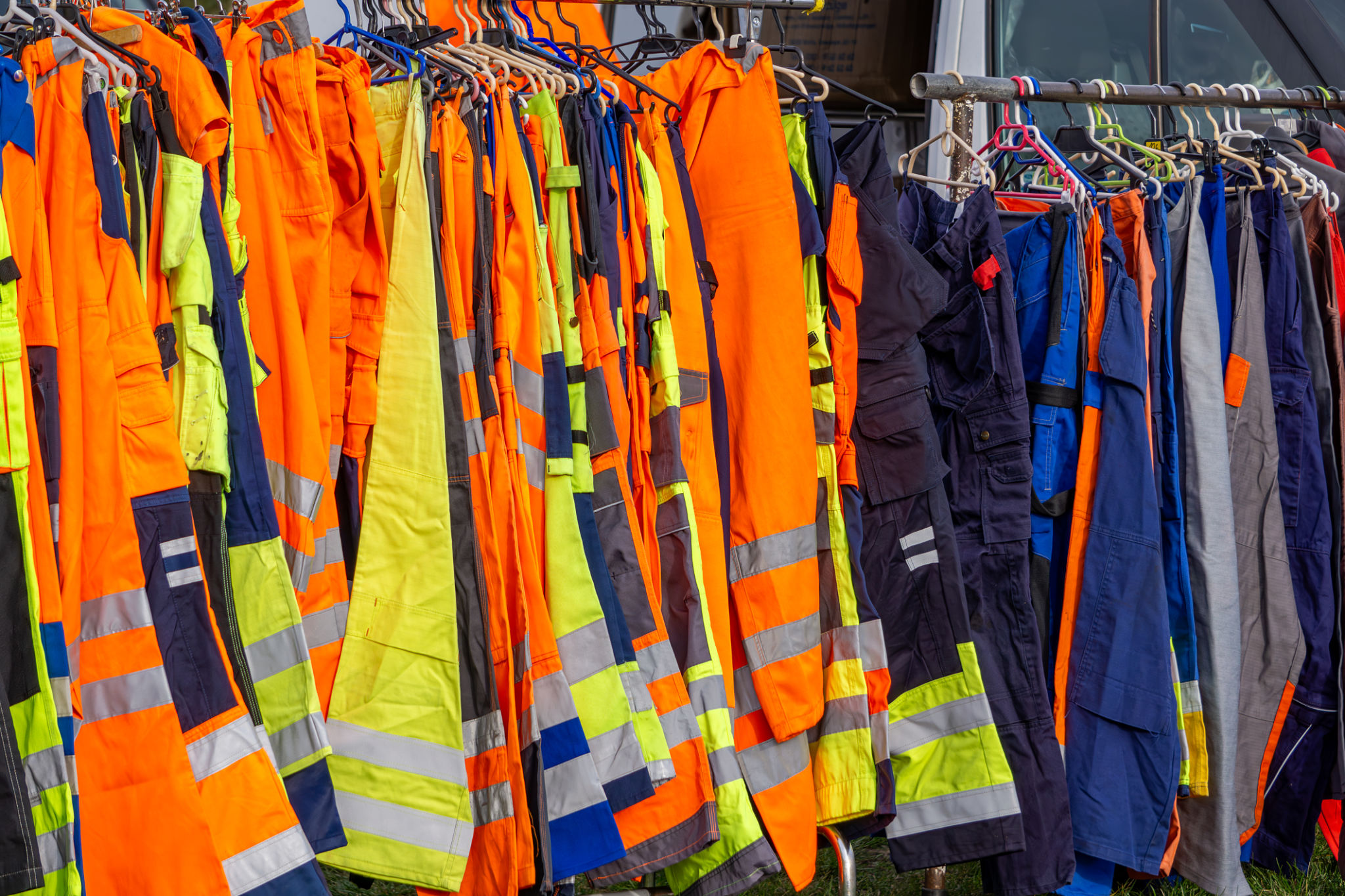Common OSHA Compliance Mistakes and How to Avoid Them
Understanding OSHA Compliance
Occupational Safety and Health Administration (OSHA) compliance is a critical aspect of workplace safety. Ensuring that your business adheres to OSHA standards not only protects your employees but also helps you avoid hefty fines and legal issues. However, many businesses, especially small to mid-sized companies, often struggle with maintaining compliance. Understanding common mistakes and how to avoid them can make a significant difference in your compliance efforts.

Inadequate Training and Education
One of the most common OSHA compliance mistakes is failing to provide adequate training and education to employees. OSHA standards require that employees are trained in a language and vocabulary they understand. This means that training sessions should be tailored to the specific needs of your workforce.
To avoid this mistake, develop a comprehensive training program that covers all aspects of workplace safety relevant to your industry. Regularly update the program to reflect changes in OSHA regulations and ensure that all employees, new and existing, participate in ongoing training sessions.
Improper Recordkeeping
Another frequent issue is improper recordkeeping. OSHA requires businesses to maintain accurate records of workplace injuries and illnesses. These records are crucial for identifying safety hazards and ensuring compliance.
To prevent recordkeeping errors, implement a robust system for tracking workplace incidents. Regularly review your records and ensure they are up-to-date. Designate a responsible person or team to manage this process and provide them with the necessary training and resources.

Failure to Conduct Regular Inspections
Regular workplace inspections are essential for identifying potential hazards before they result in incidents. Many businesses neglect this critical task, leading to increased risks and potential non-compliance with OSHA standards.
Establish a routine inspection schedule and ensure that inspections are thorough and documented. Encourage employees to report potential hazards between inspections, creating a culture of safety awareness and continuous improvement.
Neglecting Personal Protective Equipment (PPE)
The use of Personal Protective Equipment (PPE) is often overlooked or improperly managed. OSHA mandates that appropriate PPE is provided to employees when necessary, and that they are trained in its correct use.
Conduct a hazard assessment to determine the required PPE for each job role and ensure it is readily available to employees. Provide proper training on the use, maintenance, and limitations of PPE to prevent accidents and injuries.

Ignoring Ergonomic Hazards
Ergonomic hazards are often underestimated but can lead to significant workplace injuries, such as musculoskeletal disorders. Addressing these issues is an essential part of OSHA compliance.
To mitigate ergonomic hazards, evaluate workstations and tasks for potential risks. Implement ergonomic solutions such as adjustable furniture or equipment, and educate employees on safe work practices to reduce strain and injury.
Conclusion
Avoiding common OSHA compliance mistakes requires a proactive approach and commitment to workplace safety. By focusing on employee training, effective recordkeeping, regular inspections, proper PPE usage, and ergonomic safety, businesses can create a safer work environment and maintain compliance with OSHA standards. Prioritizing these areas not only safeguards employees but also enhances overall productivity and company reputation.